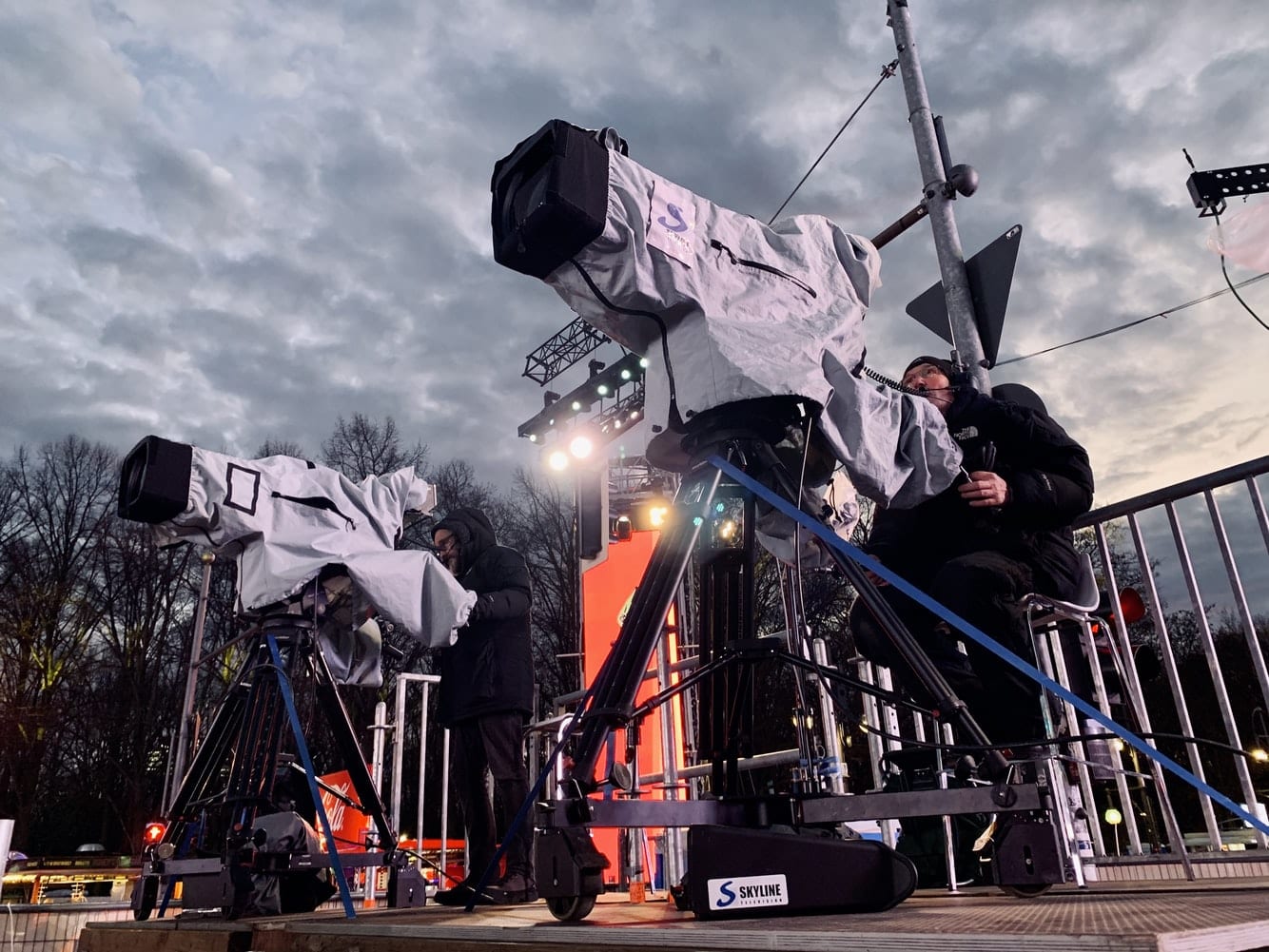Crucial Tactics for Maximizing the Durability of The LED Display
Wiki Article
Light Emitting Diode screens are becoming progressively popular for various purposes, from advertising to entertainment. To ensure that these displays function efficiently over time, it is essential to implement strategies that maximize their durability. Comprehending the factors that affect the longevity of Light Emitting Diode walls can assist operators sustain their performance and avoid unneeded replacements.
One of the primary factors that can prolong the lifespan of an LED screen is appropriate installation. It is crucial to have a skilled crew handle the installation process to guarantee all parts are correctly connected. Inadequate setup can result in electrical issues or physical damage. Additionally, the location of the Light Emitting Diode wall should consider surrounding conditions such as light exposure and moisture levels. A well-installed screen in a proper site will minimize the risk of damage caused by outside factors.

Regular upkeep is another key tactic to extend the life of an LED screen. This entails routine inspections to check for any indicators of deterioration or malfunction. Dirt and debris can build up on the surface of the Light Emitting Diode panels, affecting luminosity and hue quality. Wiping the screens with suitable cleaners will assist maintain optimal visibility. It is also important to check the components behind the display, ensuring that all connections are tight and that there are no heat issues, which can greatly shorten the lifespan of the components.
Power control plays a crucial role in improving the longevity of an LED wall. Over-voltage or unstable electricity supply can harm the inner circuitry. To prevent this, using a high-quality power supply and implementing overvoltage protection strategies is recommended. Additionally, adjusting the screen to operate at lower brightness levels when high luminosity is not necessary can lessen stress on the lights. This not only prolongs the lifespan of the wall but also conserves energy, making it a cost-effective choice.
Furthermore, program control can affect the functionality of LED you could try this out walls. Regularly updating the software that operates the screen guarantees that it operates smoothly and includes any essential safety patches. Old program can result in functionality issues and may put the system to vulnerabilities. Proper scheduling of content can also help in managing the demand of the screen, permitting it to idle during off-peak hours, which can aid to a greater durability.
In summary, maximizing the lifespan of an Light Emitting Diode screen involves a combination of appropriate setup, regular maintenance, efficient power management, and careful software management. By focusing on these essential tactics, users can ensure that their Light Emitting Diode displays remain operational and visually appealing for numerous years. Implementing preventive steps will not only improve the functionality of the LED screen but also offer a better yield on investment over time.